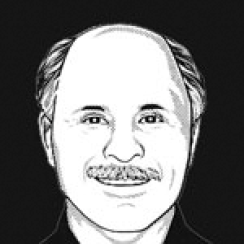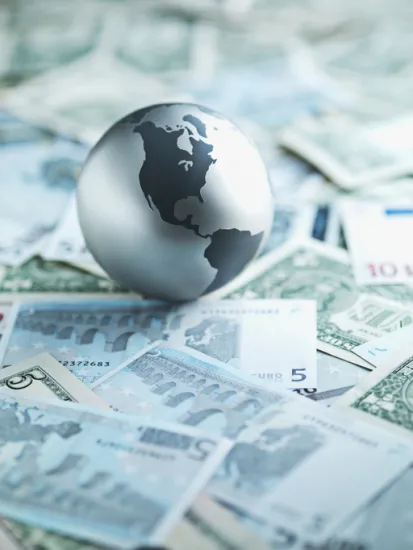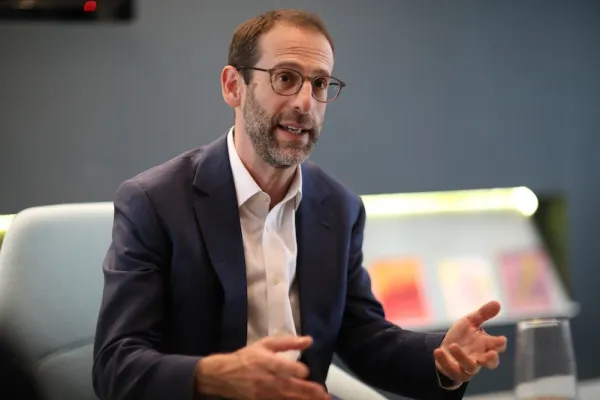Macro hedge funds posted wildly different results in the first six months of the year, a volatile period marked by President Trump’s on-again, off-again tariffs. These are the managers who make investment bets in various markets based on their takes on economic and political developments.
For example, Bridgewater Associates reported a 17 percent gain in its flagship Pure Alpha fund in the first half of the year, according to someone who has seen the results. All Weather — its beta fund — picked up 8 percent for the period, and the Asia Total Return fund rose 18 percent. Last year, Pure Alpha was up 11.5 percent. The firm, led by chief executive officer Nir Bar Dea and co-CIOs Karen Karniol-Tambour, Bob Prince, and Greg Jensen, asserts that its recent success stems from major strategy changes made in 2023.
Caxton Global Investments was up 9.5 percent for the year through June, says an investor. Caxton Macro, the fund managed by Andrew Law, who heads up Caxton Associates, climbed 13.5 percent for the year, the investor notes. The firm’s main drivers of performance were, among other things, European defense and bank stocks and the general weakness in the U.S. dollar, according to the investor.
Robert Citrone’s Discovery Capital Management, meanwhile, posted a 2.5 percent increase in June, bringing its total gain for the first half to 12.5 percent. Discovery is a combination macro and fundamental global equities fund. In an email to investors, seen by Institutional Investor, Citrone said he believes the recent market rally may be losing momentum.
“While we remain constructive on the U.S. economic and market outlook through 2026, we believe investors have grown too complacent about near-term risks,” he stated. “Current market expectations — ranging from tariff relief to Fed rate cuts and geopolitical de-escalation in the Middle East — appear skewed toward the most optimistic outcomes. In reality, we anticipate a far more uneven path.”
As a result, Discovery has pared back the stakes it added during the earlier correction and is positioning the portfolio closer to flat or modestly net short through the summer, per the letter. “Our intention is to preserve flexibility and selectively re-engage risk at more attractive entry points heading into the fall,” Citrone said.
Rokos Capital Management rose 2.58 percent in June and was up 12.26 percent for the first half, says someone who has seen the results.
Several funds, however, remain in the red. For example, BH Macro posted a gain of 1.42 percent in June but remains down 0.65 percent for the year.
Perhaps the biggest loser this year is Haidar Jupiter. The inherently volatile fund lost a further 2 percent in June, bringing its decline for the year to 21.34 percent. In its May monthly letter — the most recent published communication — Haidar said all of its gains in the year to that point were the result of its fixed-income strategy. But heading into June, Haidar still had its biggest exposure to fixed income, accounting for 38 percent of the total, followed by equities at 32 percent.
“Despite recent hawkish guidance from the European Central Bank, we expect that continued appreciation of the euro may compel the central bank to enact more rate cuts to weaken the currency,” Haidar told clients in the May report. “Similarly, weakening economic activity in the U.S. and the U.K., coupled with little to no evidence of tariff-related price pressures, [is] starting to make investors skeptical of hawkish guidance from the Fed and the Bank of England, potentially setting up conditions for a bond market rally, led by the front end.”







